Disclosure: This article contains affiliate links. We may earn a commission from purchases at no extra cost to you, which helps our travel content.
The moment my bare feet touched Zanzibar's powdery white sand, I felt a familiar sensation wash over me—that distinct calm that comes after the storm of adrenaline subsides following an emergency call. Only here, the only emergency was deciding which stretch of turquoise paradise to explore first. After years of splitting my life between ambulance shifts in Philadelphia and adventure travels across continents, I've found few places that offer the perfect blend of adventure and healing quite like Zanzibar. This Tanzanian archipelago isn't just another tropical destination; it's a living, breathing underwater sanctuary where ancient Swahili traditions meet modern conservation efforts. As someone who's witnessed firsthand how traditional knowledge systems can complement modern practices—whether in emergency medicine or travel—Zanzibar's approach to preserving its marine treasures while honoring local wisdom immediately resonated with me. Grab your fins and reef-safe sunscreen as I guide you through a week of underwater exploration that nourishes both body and spirit.
Preparing for Zanzibar's Underwater Magic
Before diving into Zanzibar's crystal waters, proper preparation is essential—something my EMT training has instilled in me for every adventure. The archipelago's marine ecosystem is delicate yet resilient, much like the human body systems I've studied throughout my career.
First, timing matters. While Zanzibar is a year-round destination, June through October offers optimal visibility for underwater adventures with calmer seas and less rainfall. I visited in late July, when water temperatures hovered around a comfortable 77°F (25°C) and visibility extended beyond 30 meters on good days.
Equipment considerations are crucial. While most diving centers provide quality gear, I always bring my personal dive computer for safety and consistency. After a close call in the Rockies years ago, I've learned to trust my own equipment when my life depends on it. For snorkeling, I recommend a full-face snorkel mask which provides better visibility and easier breathing for beginners and intermediates alike.
Before arrival, I completed a refresher on marine species identification using local guidebooks and apps. Understanding what you're looking at underwater transforms a simple dive into a meaningful connection with the ecosystem. Zanzibar's waters host over 500 marine species, including some with medicinal properties that local healers have utilized for generations—a fascinating parallel to how my Mi'kmaq grandmother taught me about plant medicines in Nova Scotia's forests.
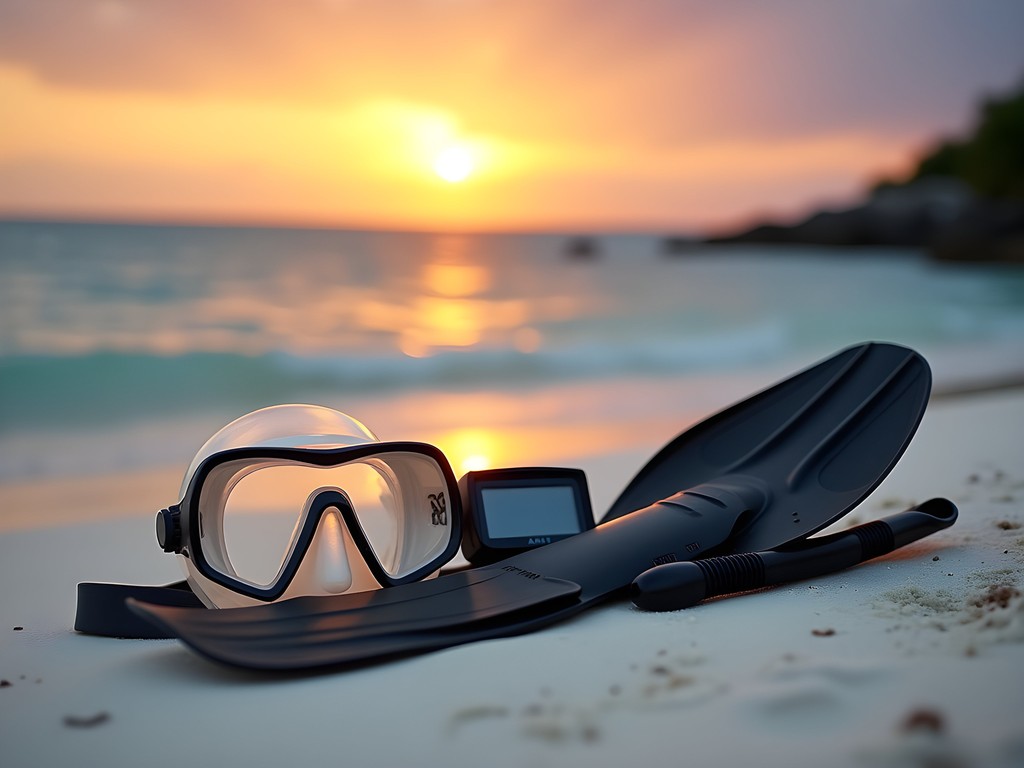
💡 Pro Tips
- Get travel insurance that specifically covers diving activities
- Pack reef-safe sunscreen to protect coral ecosystems
- Consider bringing your own mask and snorkel even if renting other equipment
Mnemba Atoll: The Crown Jewel of Zanzibar Diving
If Zanzibar's underwater landscape were an emergency room, Mnemba Atoll would be the trauma center—the place where life's most intense and transformative experiences unfold. Located about 3km off Zanzibar's northeast coast, this protected marine reserve hosts some of East Africa's most pristine coral gardens and abundant marine life.
My first dive at Mnemba's Wattabomi site began with a descent through a column of yellowback fusiliers, their synchronized movements resembling the organized chaos of a well-functioning ER team. At 18 meters, the reef opened up to reveal coral formations that reminded me of sacred geometric patterns I've studied in healing spaces across cultures—intricate, purposeful designs that seem to pulse with life energy.
The dive master pointed out a green sea turtle grazing peacefully on seagrass, its methodical movements a reminder of the slow medicine often overlooked in our fast-paced world. We followed it for several minutes, maintaining a respectful distance while observing its ancient feeding ritual. Later, a squadron of spotted eagle rays passed overhead, their undulating movements creating rippling shadows on the sandy bottom.
Between dives, our boat anchored in the atoll's protected lagoon where we snorkeled among clouds of tropical fish. The contrasting experience—from deep, meditative dives to playful surface exploration—created a perfect balance of adventure and accessibility.
What makes Mnemba truly special is the confluence of currents that bring nutrient-rich waters to the reef, supporting exceptional biodiversity. During our surface interval, I spoke with a local guide about traditional Swahili fishing practices and how modern conservation efforts incorporate indigenous knowledge about sustainable harvesting cycles—a conversation that echoed my own journey integrating traditional Mi'kmaq wisdom with contemporary emergency medicine.

💡 Pro Tips
- Book your Mnemba dive trip at least 2-3 days in advance as spots fill quickly
- Bring an underwater camera with red filter for capturing true coral colors
- Visit on weekdays if possible to avoid weekend crowds from Stone Town
Snorkeling Zanzibar's Hidden Gems
Not every underwater adventure in Zanzibar requires scuba certification or deep dives. Some of my most profound connections with this marine ecosystem happened just below the surface, in the liminal space where sunlight dances through saltwater—a reminder that healing often occurs at thresholds.
Chumbe Island Coral Park, a privately managed marine sanctuary, offers what might be East Africa's most successful conservation story. The park limits daily visitors, creating an intimate experience with the reef that feels almost ceremonial. Snorkeling here, I drifted above brain corals the size of ambulance tires, their intricate patterns resembling neural pathways. A park ranger explained how these massive formations might be over 200 years old—silent witnesses to generations of human history above the waterline.
For solo travelers seeking community, I recommend the half-day snorkeling trips to Paje Lagoon on the east coast. Here, I joined a small group led by marine biology students from the Institute of Marine Sciences in Stone Town. We explored seagrass beds that serve as natural carbon sinks and nurseries for juvenile fish. My underwater action camera captured mesmerizing footage of ghost pipefish and blue-spotted stingrays partially buried in sand.
The Blue Lagoon near Fumba village offers a different experience entirely. Accessible only during low tide, this natural pool forms among coral outcroppings, creating a protected snorkeling environment perfect for beginners. Local women harvest seaweed nearby, continuing a practice that's become an important sustainable industry for Zanzibari communities. One woman showed me how certain seaweed varieties are used in traditional medicine—applied topically for burns and inflammation, much like some of the plant poultices my grandmother taught me to make.
These snorkeling experiences provide more than just underwater sightseeing; they offer a chance to understand how coastal communities have developed reciprocal relationships with marine ecosystems over centuries—relationships that modern conservation efforts are finally beginning to honor.
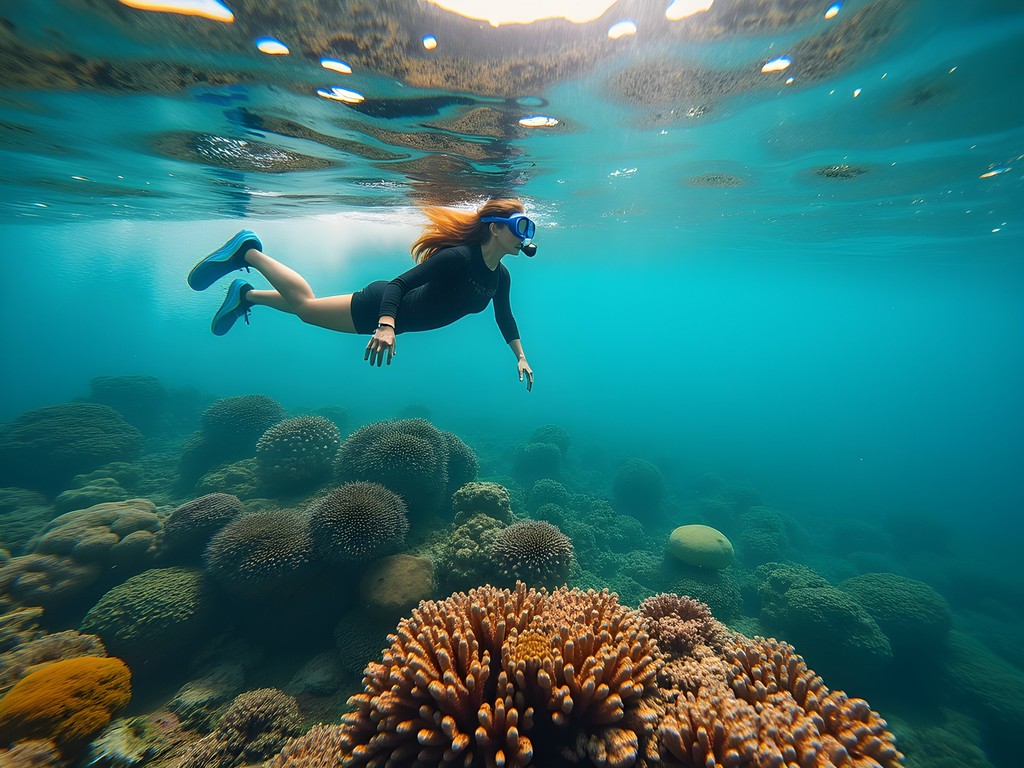
💡 Pro Tips
- Wear a rashguard or UV-protective shirt instead of relying solely on sunscreen
- Visit the Blue Lagoon 2-3 hours before low tide for optimal conditions
- Support local guides who emphasize respectful wildlife interaction practices
Beach Recovery: The Art of Post-Adventure Healing
Any EMT will tell you that recovery is as crucial as the emergency response itself. The same principle applies to adventure travel. After intense days of diving and snorkeling, Zanzibar offers perfect spaces for what I call 'active recovery'—gentle movement and sensory experiences that help the body integrate adventure's lessons.
Kendwa Beach on the northwest coast became my go-to recovery zone. Unlike the more crowded Nungwi Beach nearby, Kendwa's wider shoreline allows for long, meditative walks at sunset when the tide recedes and the sand becomes firm underfoot. The beach's gentle slope into the Indian Ocean creates ideal swimming conditions without strong currents—perfect for tired muscles needing gentle resistance training.
Each evening, I practiced a beach-side mobility routine focusing on thoracic spine rotation and hip openers, counteracting the compression that diving equipment creates on the body. Fellow solo travelers often joined me, creating impromptu wellness communities as the sun dipped below the horizon. My travel yoga mat proved invaluable for these sessions, providing stable footing on uneven sand.
For deeper recovery, I discovered a small wellness center in Jambiani village where traditional Swahili massage incorporates coconut oil infused with cloves and cinnamon—spices that Zanzibar has traded for centuries. The massage techniques reminded me of myofascial release methods I've studied, but with rhythmic patterns that seemed to match the ocean's pulse outside.
Food plays a crucial role in recovery too. At local beach restaurants, I sought out samaki wa kupaka (grilled fish in coconut sauce) and dishes rich in turmeric and ginger—natural anti-inflammatories that support tissue healing. One evening, I joined a beach barbecue where fishermen grilled the day's catch directly on the sand. A grandmother preparing octopus explained how certain cooking methods preserve specific nutritional properties—wisdom that parallels what I've learned about bioavailability in emergency nutrition protocols.
These recovery practices aren't mere indulgences but essential components of sustainable adventure travel. By honoring our bodies' need for integration and healing, we develop deeper relationships with destinations and return home transformed rather than depleted.

💡 Pro Tips
- Schedule at least one 'recovery day' for every three days of active diving
- Try beach yoga at sunrise when temperatures are cooler and crowds are minimal
- Drink coconut water from local vendors for natural electrolyte replenishment
Cultural Connections: Beyond the Reef
While Zanzibar's underwater world captivated my days, its cultural landscape provided equally profound evening explorations. As a solo traveler interested in traditional healing practices, I found countless opportunities to connect with local communities and their relationship to the surrounding ocean.
In Stone Town, Zanzibar's historic center and UNESCO World Heritage site, I wandered through narrow streets where buildings display intricate wooden doors—each telling stories of the island's complex history of trade, colonization, and cultural exchange. At the Darajani Market, I observed how spices that once made Zanzibar wealthy continue to play roles in both culinary traditions and folk medicine. A vendor showing me different varieties of cloves explained their use for toothaches—a remedy I've seen paramedics recommend in remote areas when dental care is inaccessible.
I spent one evening with a women's seaweed farming collective in Paje, learning how this sustainable practice provides economic independence while requiring intimate knowledge of tidal patterns and marine ecology. The women shared how certain seaweed varieties are used in traditional postpartum recovery practices—information that resonated with my interest in cross-cultural approaches to medical care.
For a deeper cultural immersion, I joined a community-led tour of Jozani Forest, home to endemic red colobus monkeys and medicinal plants used by local healers. Our guide, whose grandfather was a traditional doctor, pointed out plants used to treat everything from malaria to digestive issues. The parallels between this knowledge system and my grandmother's teachings about Mi'kmaq plant medicine were striking, despite the vast geographical separation.
At a small restaurant in Matemwe village, I participated in a cooking class focused on traditional Swahili seafood dishes. The chef emphasized how certain cooking methods developed to preserve fish without refrigeration—techniques that maximize nutritional value while minimizing waste. My travel journal quickly filled with recipes and medicinal preparations that bridge culinary and healing traditions.
These cultural experiences provide essential context for understanding Zanzibar's approach to marine conservation. Conservation here isn't just about protecting biodiversity for tourists; it's about preserving living cultural heritage and sustainable livelihoods that have evolved over centuries of human-ocean interaction.
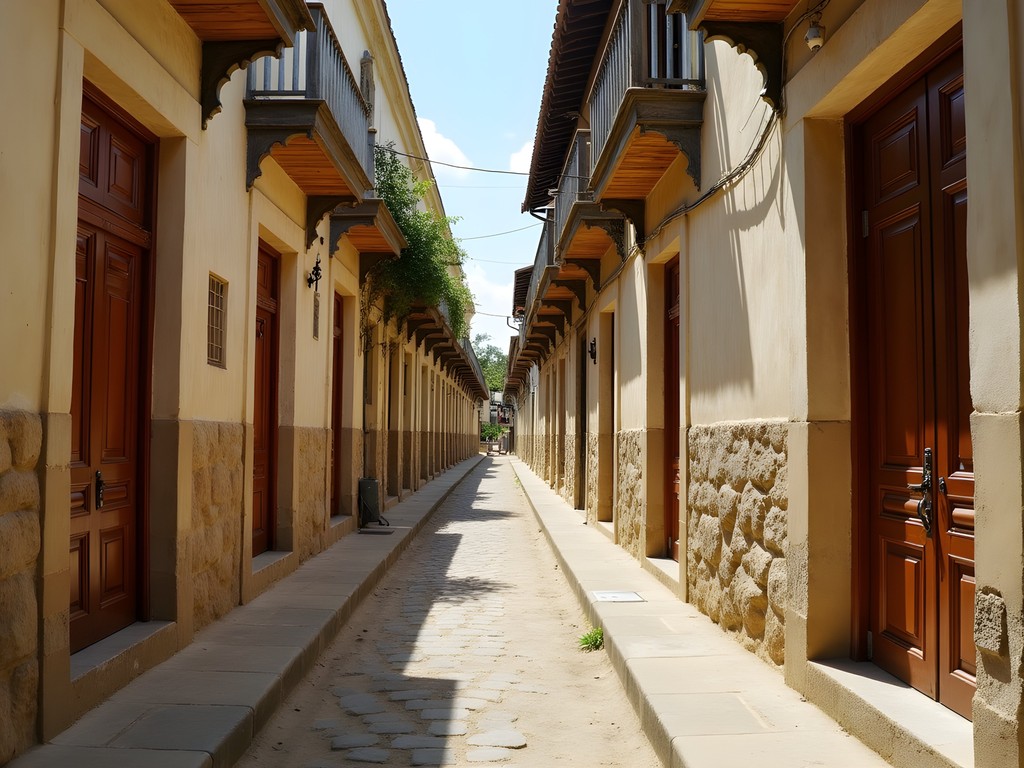
💡 Pro Tips
- Visit Stone Town with a local guide who can explain architectural symbols and their meanings
- Participate in community tourism initiatives that directly benefit local villages
- Learn basic Swahili greetings to build rapport with local residents
Final Thoughts
As I watched my final Zanzibar sunset from a dhow sailing back to Stone Town, I reflected on how this island paradise had offered more than just underwater adventures—it had provided a masterclass in balance. Balance between depth and surface, tradition and innovation, adventure and recovery. Like the tides that shape Zanzibar's shores, my week here ebbed between intense underwater explorations and gentle cultural immersions, each complementing the other in a natural rhythm. For solo travelers seeking both adventure and meaning, Zanzibar offers rare opportunities to connect with marine ecosystems while engaging with communities who've developed sustainable relationships with the ocean over centuries. Whether you're an experienced diver or first-time snorkeler, these waters hold lessons about resilience and adaptation that extend far beyond vacation memories. As we face global challenges to ocean health, places like Zanzibar remind us that protection of natural wonders and preservation of cultural wisdom are inseparable missions. Pack your mask and fins, but bring your curiosity and respect as well—the true treasures of Zanzibar lie in connections made both below and above the waterline.
✨ Key Takeaways
- Balance dive/snorkel adventures with cultural experiences for a more meaningful connection to Zanzibar
- Support marine conservation by choosing operators who employ local guides and follow sustainable practices
- Make time for recovery between adventures to fully absorb the healing qualities of island environments
📋 Practical Information
Best Time to Visit
June to October (dry season with best visibility)
Budget Estimate
$1,200-1,800 for one week (mid-range accommodations, daily activities, meals)
Recommended Duration
7-10 days
Difficulty Level
Intermediate
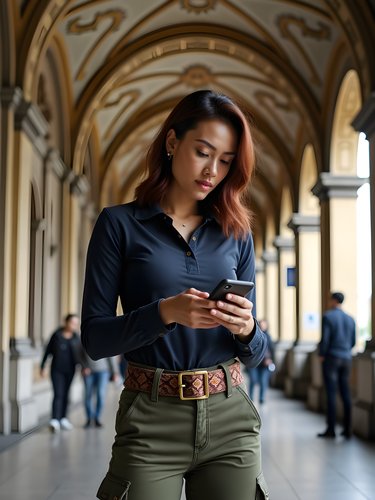
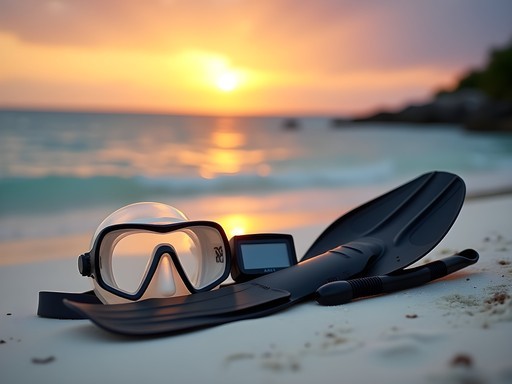


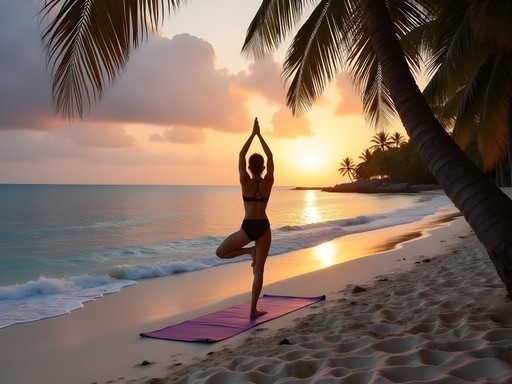
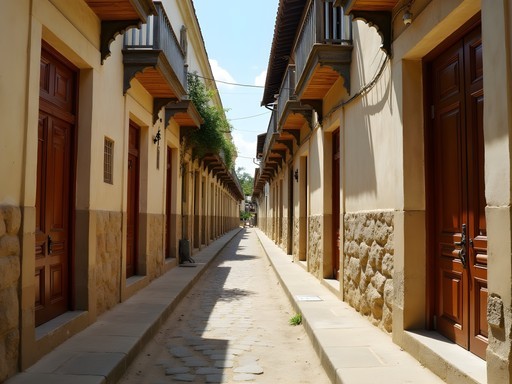


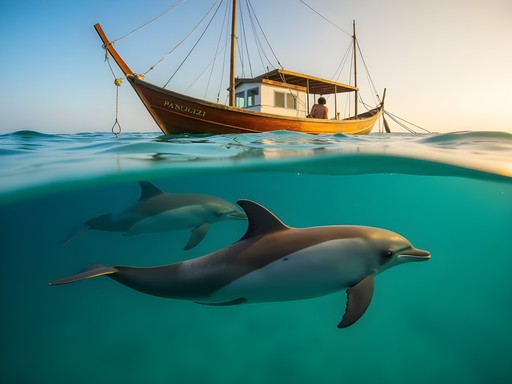






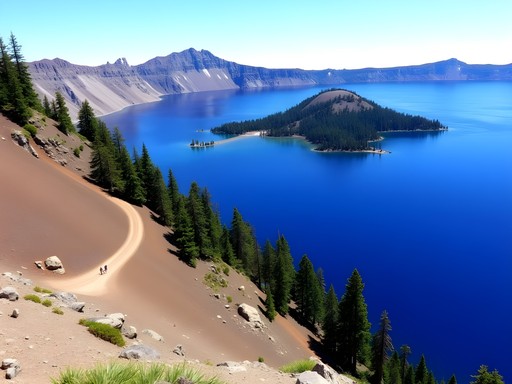
Comments
Sophia Gomez
I was in Zanzibar for a travel conference last month and managed to squeeze in some diving at Mnemba too! One tip for anyone planning to go: book your diving/snorkeling trips at least 2-3 days in advance during high season. I nearly missed out because everything was fully booked. Also, the tides in Zanzibar can be extreme - sometimes the water recedes hundreds of meters during low tide, making swimming impossible. Check the tide charts before planning your beach days! Sage, your section on 'Beach Recovery' resonated with me - those beachside massages for $15 were the perfect end to any diving day. Did you try the seaweed spa treatments in Paje?
Sage Dixon
Great point about the tides, Sophia! And yes, the seaweed treatments were amazing - should have mentioned those in the post. The local women's cooperative there is doing incredible work with sustainable seaweed farming and spa products.
coollegend
Thanks for the tide tip! Would never have thought of that. Will definitely check before planning our days.
nomadmate
Just booked my flights to Zanzibar after reading this!!! Your sunset dhow sailing photo convinced me. Can't waaaaait!
coollegend
Which beach would you say is best for avoiding crowds but still having good snorkeling access? Heading there for my honeymoon!
cityexplorer
I'm planning to visit Zanzibar in November but I'm not a strong swimmer. Would you still recommend snorkeling or are there good glass-bottom boat options? Also, how was the food situation for vegetarians?
Sage Dixon
Hey cityexplorer! Absolutely - there are plenty of shallow snorkeling spots where you can stand, and most tour operators provide life jackets. There are also several glass-bottom boat tours from Stone Town and the northern beaches. As for vegetarian food, you'll have no problems - lots of fresh fruit, vegetable curries, and coconut rice dishes everywhere!
cityexplorer
That's so reassuring, thank you! Can't wait for my trip now.
Casey Andersson
Sage, your post brought back so many memories! I was in Zanzibar last year and Mnemba Atoll truly is magical. We stayed at one of those eco-resorts on the northeast coast and would take early morning boat trips to beat the crowds. One morning, we had a pod of dolphins swimming alongside our dhow - an experience I'll never forget! For anyone planning a trip, I'd recommend spending at least 3 days exploring different snorkel spots. The contrast between the vibrant reef life and those pristine white beaches is something that photos can barely capture. Did you get a chance to visit the sea turtle conservation area near Nungwi?
Sage Dixon
Casey - yes! The turtle conservation project was incredible. I spent a morning helping release some hatchlings. Definitely worth a visit for anyone heading that way.
coffeeway
Those beaches look like paradise! Adding to my bucket list!
photolegend
OMG your underwater shots from Mnemba Atoll are INCREDIBLE! What camera setup did you use? I'm heading to Zanzibar in October and definitely want to capture some of those coral formations!
Sage Dixon
Thanks photolegend! I used my underwater camera with a red filter for those shots. The visibility at Mnemba was exceptional - you're going to love it!
photolegend
Perfect, thanks for the tip! Can't wait to try it out.
Sophia Gomez
Sage, your post brought back so many memories! I was in Zanzibar for a work assignment last year and managed to squeeze in three days of diving. The contrast between the hustle of Stone Town and the serenity underwater was exactly what my burnt-out soul needed. One tip for readers: don't miss the night market in Stone Town after a day of diving - the seafood skewers are the perfect post-dive meal! Also, I found that staying in one of the smaller, locally-owned beach bungalows on the east coast provided a more authentic experience than the larger resorts. The local dive guides know exactly where to find the seahorses and frogfish that everyone wants to see!
bluewalker
Anyone recommend a good underwater camera for this trip? Want to capture memories but don't want to spend a fortune!
Sophia Gomez
I used my underwater camera case in Zanzibar and the photos came out incredible! Totally worth the investment if you're into underwater photography. Great depth rating and the macro mode is perfect for coral shots.
escapeguide442
Those sunset dhow cruise photos are AMAZING!!!
Venture X
Premium card with 2X miles, $300 travel credit, Priority Pass